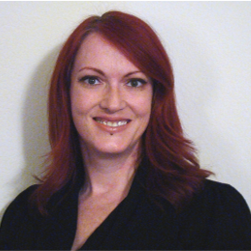The Chromosome 12 Alpha Satellite Probe is labelled in green and recognises the centromeric repeat sequence D12Z3. The D13S319 probe consists of a 156kb probe, labelled in red that covers the centromeric end of DLEU1 and incorporates most of the DELU2 gene, it also covers the D13S319 and D13S272 markers. The 13qter subtelomere specific probe, labelled in blue, allows identification of chromosome 13 and acts as a control probe.
Deletions affecting band 13q14 and trisomy of chromosome 12 are common events in chronic lymphocytic leukaemia (CLL).
Deletions affecting 13q14 are also the most frequent structural genetic aberrations in chronic lymphocytic leukaemia (CLL)1,2,3. This region is found to be heterozygously deleted in 30-60% and homozygously deleted in 10-20% of CLL patients4. The survival rate has been shown to be similar for the two groups5. Patients with 13q14 deletions are classified as very low risk, in the absence of any other genetic lesions6.
Two non-coding RNA genes, DLEU1 (deleted in lymphocytic leukemia 1) and DLEU2 (deleted in lymphocytic leukemia 2), plus the genetic marker D13S319, span the pathogenic critical region of 13q147. DLEU1 is considered to be the most likely CLL-associated candidate tumour suppressor gene within the 13q14 region8.
Trisomy 12 is a recurrent abnormality in CLL, seen in 20% of the cases9 and often appears as the unique cytogenetic aberration (40-60% of cases with trisomy 12)2. Patients with trisomy 12 are classified as low-risk in the absence of any other genetic lesions6.
I first came across CytoCell FISH probes in a previous lab I worked in and I was struck by the quality of the products. Since this time, I have been recommending and introducing CytoCell probes across all application areas — now they are the primary FISH probes used in our lab. They have an excellent range of products and their ready-to-use reagent format saves considerable time.

Elizabeth Benner
Medical Technologist, University of Arizona Health Network, USA
